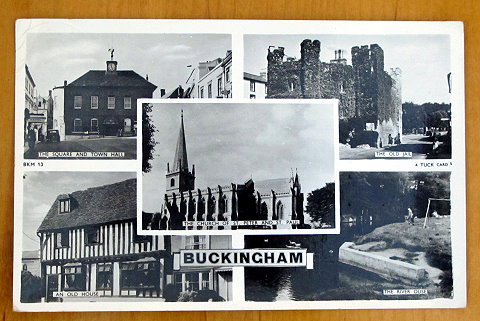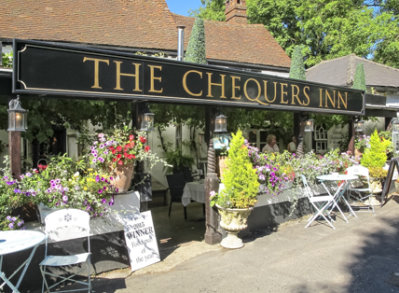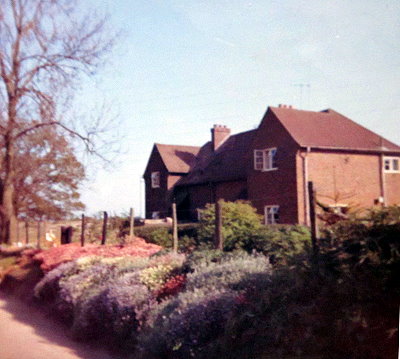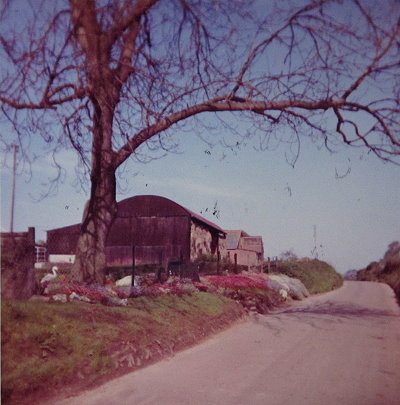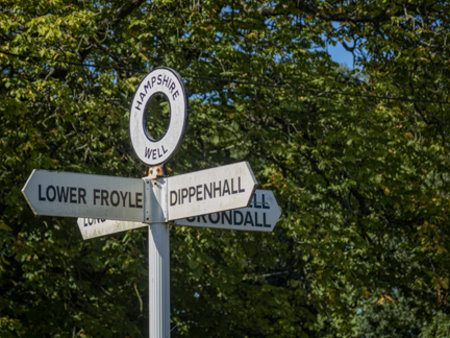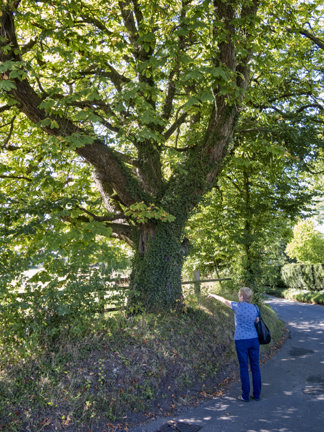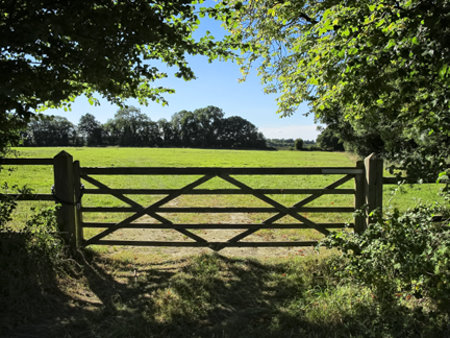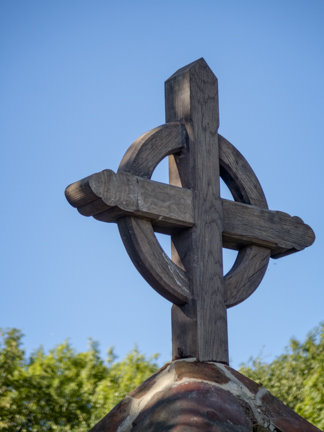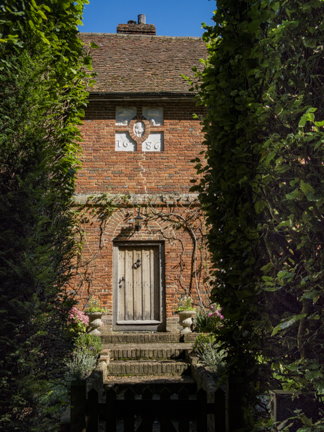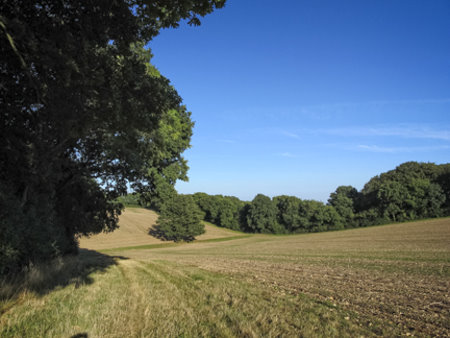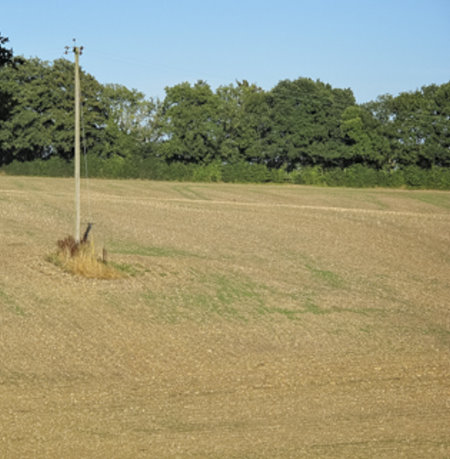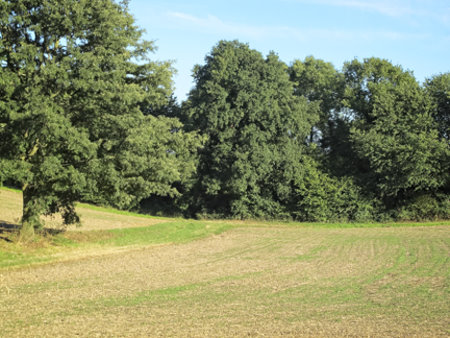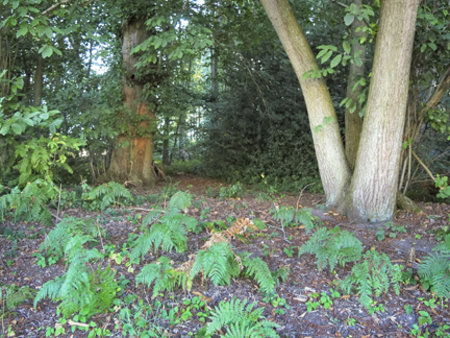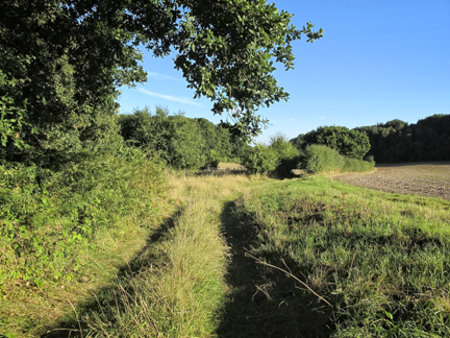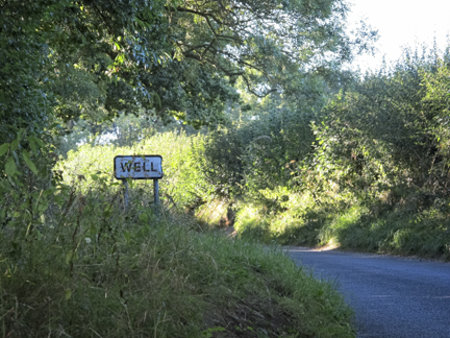I’ve read dozens of old newspaper clippings about the
Flitney family. Most are reports of births, marriages and deaths, but just
occasionally something a little more unusual turns up. The following is an
account of a stroll through the ‘fragrant English countryside’ written by a
diarist by the name of ‘Longman’. It was published in the Daily Mirror on Saturday
April 8th, 1939.
The Daily Mirror April 8th, 1939 Via Find My Past
It begins:
By fields, across deserted meadows, down leafy lanes, over
quaint old stiles, along the willow lined banks of winding meadow streams and
into the fair county of Berkshire. Arriving at the village of Aston Tirrold, I
visit The Chequers Inn, where the landlord Mr. Morris tells me “the Danes and
Saxons agreed to share the place, so one part is called Aston Tirrold, and the
other Aston Upthorpe.”
Later, ‘Longman’ meets Mr. Stevens a trainer at
Springfield House Stables. Mr. Stevens tells him they have “the finest gallops
in England." After enjoying
lunch with The Rev Gillespie rector of St. Michael’s, he continues on his way towards
Aston Upthorpe, where he meets Mr. Clacy a seventy-four-year-old gamekeeper.
It was late on another day when 'Longman' arrived at Butlers
Cross. Here he spent the night under
the thatched roof of a tiny cottage. Where (he tells us) local legend has it; a
witch once lived. His diary continues: In
this quiet village, that lies under the shadow of Coombe Hill, close to
Chequers, the Prime Minister’s country home, are contrasts and gossip to be had
for the asking. The village folk are
talking of the fields and gardening, and of the sad case of a young farmer who
died, leaving a wife and two little children.
Longman enjoys a chat with Mr. Mooney,
proprietor of the Russell Arms, recently returned from a holiday in Wales and with
Mr. Cox landlord of the Rose and Crown who hasn’t had a holiday for more than
fifteen years. Mr. Webb the Baker talks of supplying bread to the locals and the
incumbents at Chequers for over sixty-five years. Mr. Lloyd George, Ramsey MacDonald and Mr.
Chamberlain have all eaten his bread.
The article continues: I took a stroll to the parish church where
I found the Sexton old Mr. Flitney. The children call him “Navvy” because he
always wears hob nailed boots. Mr. Flitney is seventy seven and still as active
as a kitten. He is happy to share a few
stories one of which concerns a lady by the name of Granny Wheeler, a church
cleaner. The story goes that Granny Wheeler likes to eat her lunch while
sitting on her husband’s tombstone. Miss Simmonds the district nurse is another
subject of great interest. Apparently Miss Simmonds can converse in Italian and
drive a car!
After talking to Mr. Flitney 'Longman' set off again and
later records in his diary: An air of gentle peace rests over Hagbourne.
It is like a perpetual Sunday afternoon, except on certain occasions. It
reminds one of a dear old lady who dreams of the past, and smiles.
Footnotes & Source Documents
The above article appeared in The Daily Mirror on Saturday April 8th, 1939.
According to the 1871 census, Albert Flitney (born 1861) was the son of Moses and Eliza. The family lived at Church Hill, Ellesborough, Buckinghamshire. At the time of the 1881 census, Albert was employed as a domestic servant. He married at the age of 40 by which time he was a cattleman on a farm. The 1920 Kelly's Directory lists Albert Flitney Sexton at Butlers Cross.
Sexton: a person who looks after a church and churchyard, typically acting as bell-ringer and gravedigger.
Sexton: a person who looks after a church and churchyard, typically acting as bell-ringer and gravedigger.
The first photograph shows the newspaper headline and Mr. Clancy, the gamekeeper. Via FindMyPast/The Daily Mirror.
The second photograph is The Chequers Inn, Aston Tirrold. Via The Astons.Net
The third and final photograph is of 'old' Mr Flitney and an unknown companion outside the church at Butler's Cross. Via FindMyPast/The Daily Mirror.
When this article was written Aston Tirrold, Aston Upthorpe and Hagbourne were in Berkshire but after the boundary changes of 1974, they became part of Oxfordshire.




